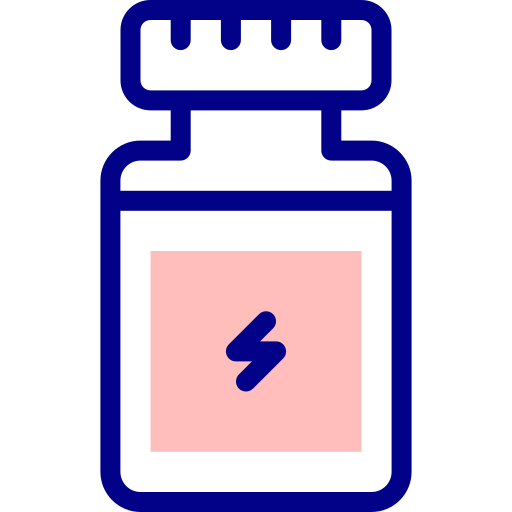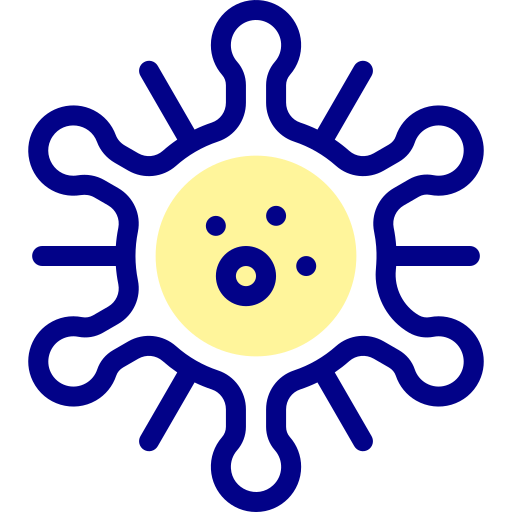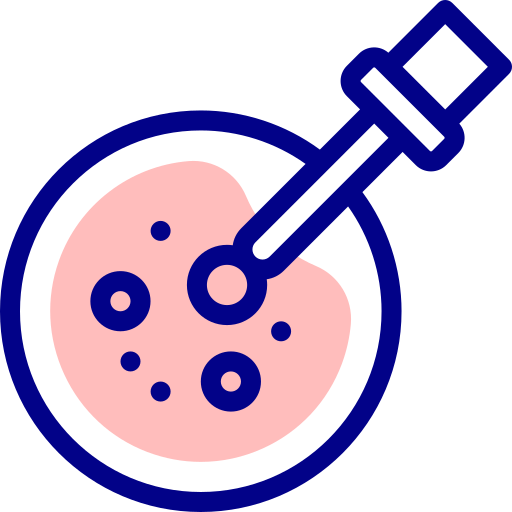In Vitro Fertilization (IVF):
IVF own eggs and partner's sperm
In Vitro fertilization is an assisted reproduction technique that consists of the union of gametes (eggs and sperm) in the laboratory.
From this union, a suitable number of embryos available for transfer to the mother's uterus is obtained. Nowadays it is one of the most important procedures since it is the convergent point where reproductive failures, which initially have not been resolved in a simpler way, do manage to have a solution.
IVF (in vitro fertilization) is one of the solutions that exists for male infertility, which is the factor of infertility in at least 33% of total infertility cases in the world.
What is the best treatment for me?
To find out what is the best treatment for your specific situation, make an appointment with one of our specialists so they can guide you in fulfilling your dream of becoming pregnant again.
STAGES OF IVF
In vitro fertilization consists of 6 phases:

-
Stimulation of the ovary with hormones
With hormones, called gonadotropins, that induce the formation of a greater number of follicles, within which there is an oocyte, which allows us to obtain several eggs in the same cycle and is necessary, since the chances of pregnancy increase proportionally. to the number of embryos transferred, since not all oocytes obtained become embryos suitable for transfer.

-
Oocyte retrieval
It is carried out through a transvaginal puncture under ultrasound control. The average duration of this intervention is about 15 minutes, it is performed under sedation and the patient is able to go home after 20 or 30 minutes. The risk of suffering any complications during oocyte retrieval is 1 in every 2,500 cases, so it can be considered low.

-
Oocyte insemination
It is the part of the process in which the gametes (eggs and sperm) are taken and combined in the laboratory to create the embryos that will be used for the treatment.
For those who:
- They have an absence of sperm in the ejaculate and directly in the testicle/epididymis.
- Women who do not have a male partner.
- Homoparental women.
The use of donor sperm is required (Fecundar has its own sperm bank available for treatment).

-
In Vitro Culture to embryo
The fertilized oocytes are confirmed the next day. From this moment on, the embryos are kept in the type of culture appropriate for their development in each case. Embryos usually remain in culture for a total of three days. On some occasions, it is advisable to prolong the culture of embryos in the laboratory until the so-called blastocyst stage.

-
Embryo transfer
The moment of transfer of the embryos to the mother's uterus is decided in each particular case.
The transfer can be done either in the uterus or in the tubes. Uterine transfer takes place transcervically, does not require anesthesia and is the most common in In Vitro Fertilization.
We usually transfer 1 or 2 embryos, because the current high rate of embryo implantation makes it advisable to limit their number to reduce the incidence of multifetal pregnancies.
Our statistics show that this is the number that gives the highest pregnancy rates without increasing the risk of multiple gestation.

-
Freezing and thawing embryos
After the transfer of the appropriate number of embryos for each case, the rest of the viable embryos are subjected to a freezing process in order to preserve them for a time.
This procedure allows the availability of these embryos when they are required by the couple.
If there has been no pregnancy, or after it has ended, the embryos that survive freezing are thawed and transferred.
What the treatment includes:

Stimulation of the ovary with hormones

Oocyte retrieval

Oocyte insemination

In Vitro Culture to embryo

embryo transfer

Embryo Thawing
PRICE:
$22,500,000
( $2,500.00 for vitrification kit if needed, $800,000 annual bank cost)
Testimonials
Our patients have decided to share their experience at Fecundar so that they can learn about our work first-hand.
Paciente
The Fourth Doctor is the best. The first time I got pregnant... Thank God and him, he has hands
holy
Donnie Gallagher
Fertilizing helped us achieve our goal of having a child. I will never be able to fully repay you for the gratitude I have for giving us such a blessing that is now in our lives...
Paciente
Congratulations fertilize, you make dreams come true. Thank you for the support of a group of comprehensive professionals and the work team, anything is possible. 👏👏
Paciente
I find opportunity in appointments with specialists, delicate attention from staff, prices in laboratories and affordable diagnostic images. Neat and safe place.
Paciente
The attention, support, closeness of the doctors and staff in general makes the search for a baby calm.
Paciente
The Fourth Doctor is the best. The first time I got pregnant... Thank God and him, he has hands
holy
Frequent questions
-
What tests are performed before in vitro fertilization?
First of all, you must review the complete clinical history of the patient who is going to undergo fertilization as well as the person who will be the fertilizing donor. The sperm analysis of the donor (whether conjugal or not) will evaluate the seminal quality of the male, as well as a gynecological study and examination of the female part.
-
What is the duration of IVF treatment?
It is usually between 3 and 4 weeks, as long as, taking into account from the first analyzes to the transfers (and subsequent beta) it is concluded that there is, or is not, pregnancy.
-
Embryo transfer, what is it?
It is one of the last steps carried out within the in vitro fertilization process, and what is considered the key stage for success. The moment in which the greatest sterility conditions exist is when it is performed. Also know that it does not usually require anesthesia or sedation. The embryos are introduced into the uterus, similar to what occurs in artificial insemination fertility treatment.
IVF treatments do not include:
- Medical examinations necessary for diagnosis Transfer of leftover vitrified embryos Does not include value of leftover vitrification kit Any other unspecified service
These prices include the processes carried out by our dream team, which are necessary for the success of fertilization, from the first consultation until pregnancy is achieved.
What is the best treatment for me?
To find out what is the best treatment for your specific situation, make an appointment with one of our specialists so they can guide you in fulfilling your dream of becoming pregnant again.
Contact Us
Address
Cra 40# 5B-105, Cali, Colombia
Tequendama neighborhood
Website
www.fecundar.com
phones
(602) 6200968
57 318 8066042
Info@fecundar.com





